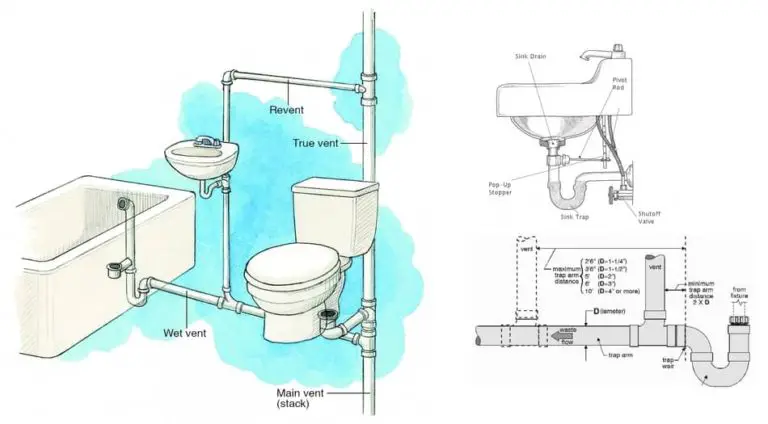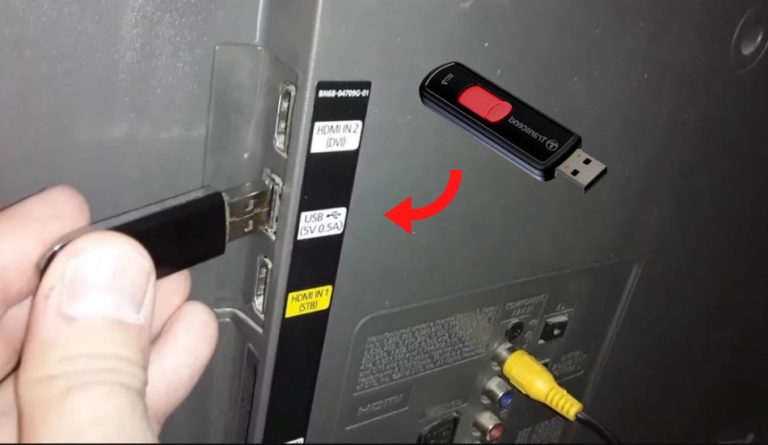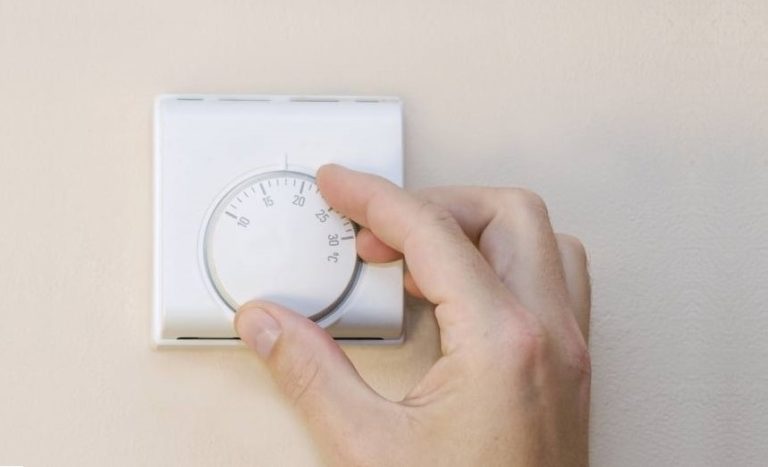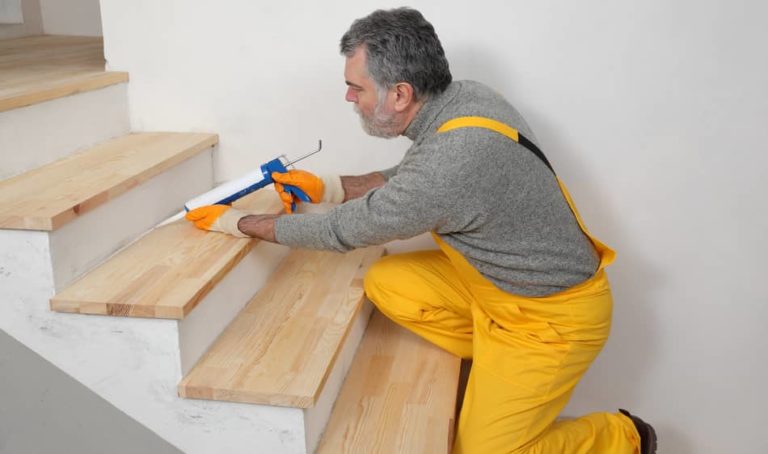Toilet Rough In Guide: Plumber Explain
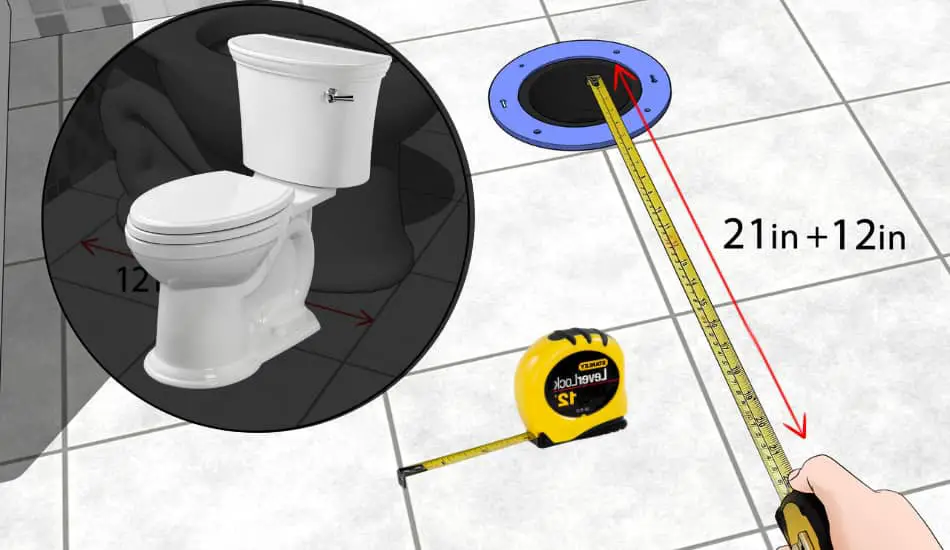
If you are rearranging your bathroom or just want to improve your toilet, it´ key to get the right measures when roughing in your toilet waste and water. There are a couple of things that can annoy you more than getting a new toilet in your home and that is if you are prepared to install a new toilet, and you realize that the toilet dimensions don´t fit and won´t match in the designated space.
Just in case you thought that you could make the toilet fit, there can be a case of you bumping into some bigger plumbing problems down the road. The best way is to measure your toilet rough in the right the first time. Below the article we’ll give you some extra tips on how to perform rough-in plumbing for a toilet.
Table of Contents
What Is A Toilet Rough-In?
The rough-in is the place of the water outlet (in most cases) beneath the toilet. Some bathrooms have a rough-in installed inside the wall. Therefore, we can tell that rough-in measurement can be described as the total distance from the center of the outlet to the wall that is facing the back of the toilet.
For those who want to learn more, make sure to read: Plumbing Vent Diagram: How to Properly Vent Your Pipes.
What Is the Standard Toilet Rough-in Size?
The standard toilet rough-in size is 12” both for a two-piece and one-piece toilets. This can be confirmed by any plumbing professional. Although, you will sometimes find a 10 ”and 14” rough-in measurement most often are those of 12 ”.
Note! Measure The Toilet Rough In Twice Before You Buy.
Rough In Plumbing: Toilet Measurements And Standards
When you want to measure your toilet rough in dimensions, you will need to pick one of three basic measurements. Here is how to measure toilet rough in and toilet dimensions (inches).
These are the standard toilet rough-in measurements:
- 10 inches
- 12 inches
- 14 inches
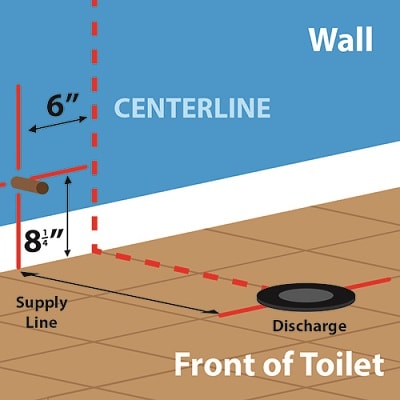
10 Inch Rough In Toilet
In case you are living in an older home or household or if your bathroom fits in size, you’ll probably have a toilet that is 10 inches rough in size. Because of the small space, you will probably figure out that the toilet bowls are round front.
12 Inch Rough In Toilet
A 12-inch rough-in is the most widely used measurement in bathrooms. Its structure and size give it the ability for the most types in the shape of the bowl and style of the toilet you buy. Considering that this measurement is the most standard, don´t allow yourself not to take a measure (it would be good to do it at least twice) before you decide to buy a new toilet.
14 Inch Rough In Toilet
Similar to a 10-inch rough-in toilet, a 14-inch toilet can be often found in small bathrooms of older households and homes. You are still in a position to look at some types of toilets but your options may be limited.
What Tools Are Needed To Take the Measurements?
The tools required to measure toilet rough-in are measuring tape that comes with a metal hook at the end. This tape you can easily get for $5.
Equipment that you need to measure your toilet:
- Measuring tape or a ruler
- Pencil
- A piece of paper
What You Need To Know To Get Started
Getting started is not that hard as long as you allow yourself to prepare and organize rather than just jump and take a quick measurement and rush to purchase the first toilet you bump into. Bear in mind to measure a few times just to make sure that your measurements are consistent and precise.

Right Distance of Toilet Flange from Back Wall
After you install your toilet, you don’t want to have a flush up against the wall. That´s why getting the right measurements will save you a lot of problems and trouble.
The distance between the toilet flange and the back wall depends on the situation in which the construction is new or not or if a finished wall exists already. Therefore, if we have a new framed wall, the distance between the toilet flange (center of flange) and the wall framing should be around 15 ½ inches. 12 inches is the standard distance from the back wall.
Necessary Clearance in Left and Right
Be aware of taking in mind the space required for the left and right of the toilet. 15 inches should be the minimum distance you should take on both sides and should be measured from the centerline of the toilet. It doesn´t matter if there is a fixture like a bathtub or a wall on one side of the toilet, 15 inches should be considered as the minimum.
Related Article: 15 Parts of a Kitchen Sink (with a 3D Diagram)
Importance of Free Space in Front of Bowl
You may be aware of a situation where every inch counts for comfort and functionality, especially in a small bathroom. It’s not appropriate that you sit down and find out that your knees are hitting the sink or wall in front of you.
21 inches should be considered as the minimum distance in front of the toilet when facing a wall or fixture. The more space you have, the better, but don´t make it any smaller than the required minimum. Purchasing a toilet that has a smaller, round bowl will be placed into a compact space and fit better than an elongated bowl.
Placement of Cold Water Supply Line
An old water supply line to your toilet can start to corrode and leak, making a lot of mess, and create also waste water. Therefore, right placement of water supply is of great importance, whether you´re installing a new one or changing the old line.
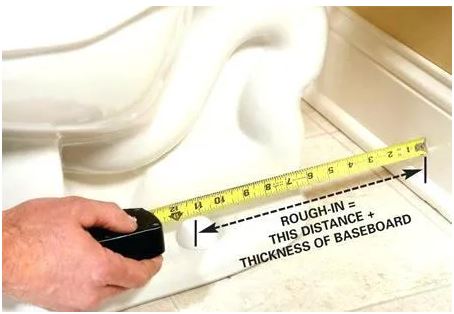
There is more than one length of the water supply line, so it would be good to use your old one as a pattern. Buying a longer one is always a better option than buying a short one, but try not to buy one so long that there is extra hanging down from the tank (it is possible to get damaged or even tangled as time passes).
A usual spot where water supply lines come out of the wall is located just under the toilet tank and on the side where the water inlet is placed, which often happens to be on the left side; copper is often used as a material for making cold water supply lines which are approximately one-half-inch or three-quarter-inch thick.
It may happen for you to see a water supply line coming out of the floor. Many people prefer the placement in the wall since it is less noticeable. Regardless of whether the water supply is from the wall or floor, it is preferred to be 6 inches high and 6 inches offset to the left of the flange.
When the water supply is being replaced from the tank to the line in the wall, you must be aware that you turned off the water and drained the tank. Be aware to turn off the valve and place a bucket underneath to gather any water that spills out once the tank is empty.
How To Measure Toilet Rough In From Wall
First of all, before you do any measuring, it is good to get familiar what roughing in is in the first place, right? Rough-in can be best described as the process of taking some measurements required and laying out the base work before starting any actual work. Roughing in is used in all variants of construction, electrical, and plumbing.
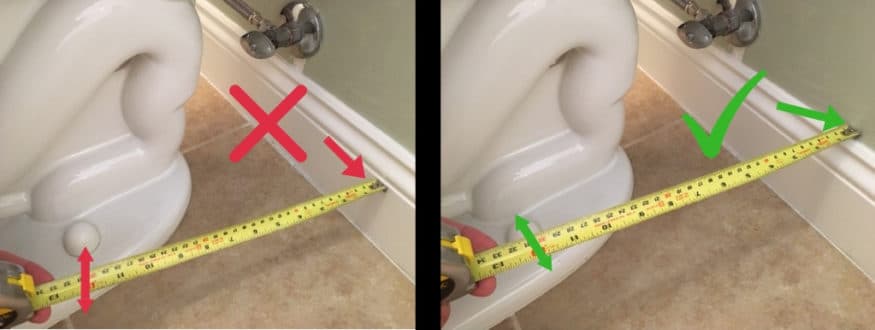
If you get the right measurements required the first time, you will save a lot of extra work and effort and will also make the installation process of implementing a toilet in your bathroom much easier. Here we will present you step-by-step instructions that you need to follow for measuring the toilet rough in: Keep in mind that the center of the toilet flange to the wall should be 12 inches.
Measure only against the wall, and avoid measuring from the molding (baseboard) to the flange. If you come up with 10 or 14 inches, you will have to substitute with the right fitting size toilet after measuring a couple of times.
In case you want to measure before removing the toilet and exposing the flange, make sure to measure from the wall behind the toilet (not the baseboard) to the middle of the bolts that can be found on the toilet (closet bolts). It may happen for the measurements not to be 10, 12, or 14 on the dot but you can allow yourself to round up the number for the right dimension.
It is recommended to measure toilets with four bolts from the wall to the rear bolts. We can say that this method is considered relatively precise, to get the best measurement you will need to measure the distance between the center of the flange and the wall. When you are defining the distance on both sides of the toilet, be aware to take at least 15 inches from the center of the flange to the wall or fixture.
Be sure to add a half-inch of your drywall to your measurement to account for the drywall and have that in mind in case if you don´t have a finished wall. As you measure the range between the front of your toilet and the fixture or wall ahead of you, the range will depend on your plumbing code. In case that you find your plumbing code under IPC (International Plumbing Code), 21 inches should be a minimum measurement considered.
In case that your code is under the UPC (Uniform Plumbing Code), 24 inches should be a minimum measurement considered. 6 inches to the left of the center of the flange should be measured regarding roughing in a water line and come up 7 inches away from the top of your finished floor. In the case of an unfinished floor, the height of the flooring material will need to be taken into consideration as well.
Here is a great Youtube video that shows how to properly measure toilet rough-in.
If you want to know more, feel free to read How Do Soft Close Toilet Seats Work.
FAQ: People Also Ask
What is the rough-in size for a toilet?
The standard rough-in size for a toilet is around 12 inches, while there are also models that come with 10-inch and 14-inch rough-ins in older homes. The best place to check your rough-in measurements is in the new toilets product information.
What is the difference between a 12 and 14 rough-in toilet?
The main difference between 12-inch rough-ins and 14-inch rough-ins is in their size (proportions). Depending on the type of bathroom, 12-inch rough-ins are generally more used than 14-inch rough-ins, but they both have merits, which means that you sometimes need to reduce the space from behind the tank.
Can you change toilet rough-in?
Every toilet rough-in can be replaced. If you have a 14-inch rough-in, you can replace it with a 12-inch rough-in. The only problem when you do that, is that you will have a 2-inch gap between the toilet tank and the wall. Therefore, it is recommended to install an offset toilet flange.
Final Thoughts
In this article, we have described to you how you should properly measure the toilet rough-in and toilet flange distance from the wall. If you make wrong measurements, this can represent a problem in your bathroom and you certainly don’t want that. I hope this article helped you, and if you have any questions feel free to write to us.


